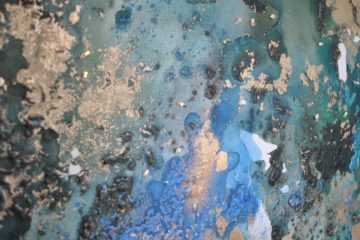Table of Contents
Japan pop culture
Yamambas were part of Japan pop culture, a fashion trend that could have been borrowed from a Disney World Cartoon. These Fashion Slaves have taken Ganguro (Japanese tanned girls) into a movement fit to scare the top beauty schools in the world.
They could get tanners as frequent as three to four times a week; use a panda style makeup with stickers under their eyes; keep a bleached, sometimes white hair; and as if they thought that wouldn’t get them noticed, they added a flamboyant, 60s dress-wear to boot.
Yamambas, the Japanese-mountain-witch-demon
It’s no wonder how Yamanbas, the teenage-girls-gone-wrong, were often confused with Yamambas, the Japanese-mountain-witch-demon. The truth is that it was precisely this mountain hog, Yama-Uba, in the famous play “Yamanba,” which inspired this trend in the early 90s and brought it back in 2000 with a less scary and more amusing nature.
A highly criticized fashion trend
Nowadays there’s not much left of this fashion tendency, which was highly critiqued back in its day, it was believed that these originally scary outfits rebelled against the Japanese concept of beauty of having a pale skin, neutral makeup tones and dark hair.
Experts on Japanese culture supposed this trend grew as the result of a rebellion against the abandonment, isolation and restraint of society in Japan; as an effort for the youth to exercise their independence, freedom and self-expression.
Sentaa-guy
These extremist Ganguro girls not only use oversized accessories and stuffed animals as decorations; they also have a male counterpart known as Sentaa-guy or “center guy” a title derived from a play of words of the name of the street where these “fashionistas” were often seen: sentaa-gai or “Center Street.” For imagery’s sake, we won’t describe them in this article.
Manba
Another important term is “Manba;” while Yaman Was kept a white make-up above the eye, Manbas extended it the makeup below the eye as well.



0 comentarios